Home>Ideas and Tips>The Best Time To Plant Fall Bulbs In The Northeast
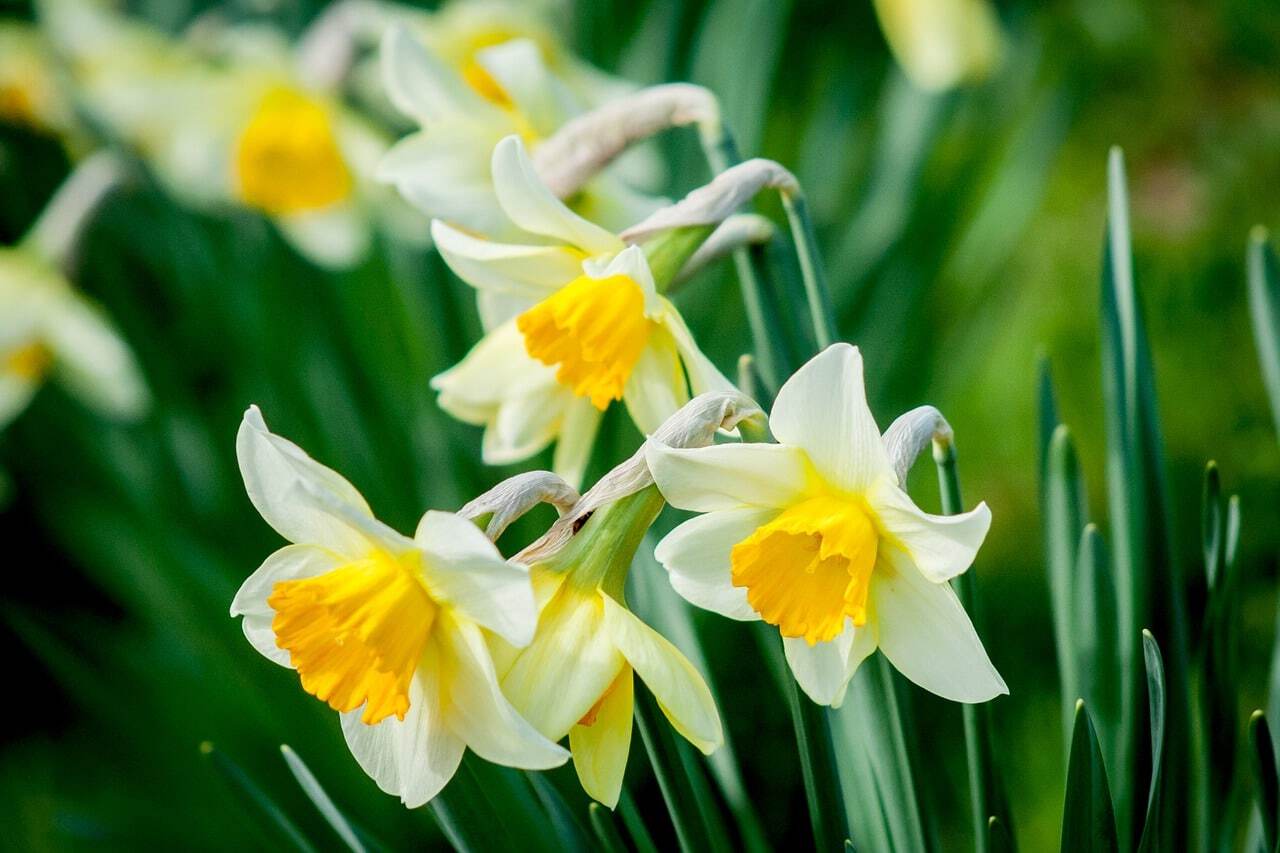

Ideas and Tips
The Best Time To Plant Fall Bulbs In The Northeast
Published: September 26, 2024
Discover the best time to plant fall bulbs in the Northeast for a vibrant spring garden. Learn tips on soil prep, bulb selection, and planting techniques.
(Many of the links in this article redirect to a specific reviewed product. Your purchase of these products through affiliate links helps to generate commission for Storables.com, at no extra cost. Learn more)
As the seasons transition from the warmth of summer to the crispness of fall, gardeners in the Northeast begin to prepare for the next year's blooming season. One of the most rewarding and essential tasks for any gardener is planting fall bulbs. These bulbs, such as daffodils, tulips, and crocuses, will bloom beautifully in the spring, adding vibrant colors and textures to your garden. In this article, we will delve into the best time to plant fall bulbs in the Northeast, providing you with a comprehensive guide on how to prepare your soil, select the right bulbs, and ensure a stunning display come spring.
Understanding Fall Bulb Planting
Before we dive into the specifics of planting fall bulbs in the Northeast, it's important to understand why this is such a crucial task. Spring-blooming bulbs require a period of cool temperatures to initiate their growth and eventually produce flowers. By planting these bulbs in the fall, you are giving them the necessary time to develop strong roots and prepare for their spring bloom.
Read more: When To Plant Flower Bulbs In Fall
Why Plant in the Fall?
Planting bulbs in the fall allows them to take advantage of the cooler temperatures that are characteristic of this season. This period of dormancy is crucial for the bulbs as it enables them to store energy for the next year's bloom. If you were to plant these bulbs in the spring, they would not have enough time to establish a robust root system before the onset of warmer temperatures, which could lead to poor growth and fewer blooms.
Selecting the Right Bulbs
Choosing the right bulbs is an essential part of ensuring a successful planting. The Northeast offers a wide variety of spring-blooming bulbs that can thrive in its climate. Here are some popular options:
- Daffodils: Known for their reliability and deer resistance, daffodils are a great choice for any garden. They come in a range of colors and are easy to care for.
- Tulips: With their vibrant colors and elegant shapes, tulips are a favorite among gardeners. They come in various sizes and bloom times, making them versatile for any garden design.
- Crocuses: These small but mighty bulbs are often the first to bloom in spring, adding an early splash of color to your garden.
- Hyacinths: With their intoxicating fragrance and beautiful blooms, hyacinths are a popular choice for many gardeners.
- Crocus and Snowdrops: These bulbs are some of the earliest to bloom and can tolerate cold temperatures, making them perfect for early spring displays.
Preparing Your Soil
Before planting your bulbs, it's crucial to prepare your soil. Here are some steps you can follow:
- Dig Out the Soil: Use a shovel to dig out the soil to the proper depth. This will make it easier to plant and ensure that your bulbs have enough room to grow.
- Condition the Soil: Loosen the soil and add fertilizer if necessary. If your soil is sandy, mix in some peat moss or leaf compost to improve drainage. For clay-based soil, add sand or peat moss to make it more manageable.
- Check pH Levels: Conduct a soil test to measure the pH levels and nutrients in your soil. Most bulbs prefer a soil pH between 6 and 7.
- Add Organic Matter: Introduce organic matter like compost into your soil to stimulate root development and prevent bulb rot during the dormant season.
Timing is Crucial
The timing of planting fall bulbs is critical in the Northeast. Here’s when you should start planting:
When to Plant
In the Northeast, the best time to plant fall bulbs is typically from September to early November. This allows the bulbs enough time to develop a solid root system before the ground freezes. If you live in warmer climates, you can wait until late November or even early January to plant your bulbs.
Avoiding Frost
While it's tempting to start planting immediately after the first frost, it's best to wait until late autumn when rodents are hibernating and the soil has cooled down slightly. This helps protect your freshly planted bulbs from becoming a tasty snack for underground critters.
Planting Your Bulbs
Now that you've selected your bulbs and prepared your soil, it's time to plant them:
- Planting Depth: Generally, you should plant spring bulbs two to three times as deep as the bulb is tall. For example, a tulip bulb that is two inches long should be planted at a depth of five to six inches.
- Planting Direction: Position the bulb in the hole with the pointed end up and the root base down.
- Covering with Soil: Cover the bulbs with soil and water well. Add two to three inches of mulch in cold areas to protect the bulbs over the winter by minimizing temperature fluctuations while maintaining soil moisture.
- Group Planting: For the best appearance and a stronger visual statement, dig a single hole that is 15 inches wide and 6-8 inches deep. Place multiple bulbs of the same type or plant an assortment of bulbs with different bloom times in layers.
Fertilizing Your Bulbs
To give your bulbs a strong start, apply an organic fertilizer specifically formulated for bulbs when planting. This will provide essential nutrients to promote healthy growth and vibrant blooms in the spring.
Read more: When To Plant Grass In Northeast Ohio
Protecting Against Rodents and Animals
Bulbs can be vulnerable to rodents and other animals during the fall and early spring. Here are some tips to protect them:
- Wait for Late Autumn: As mentioned earlier, wait until late autumn when rodents are hibernating before planting your bulbs.
- Use Mulch: Add mulch around your planted bulbs to protect them from temperature fluctuations and maintain soil moisture.
- Rabbit Repellents: Apply rabbit repellents like Rabbit Scram around the garden area in early spring to deter hungry rabbits from nibbling on emerging foliage.
Extending Your Spring Joy
One of the joys of planting a combination of bulbs like crocuses, daffodils, and tulips is the extended bloom time. Crocuses are often the first to emerge followed by cheerful daffodils and finally elegant tulips. This sequential flowering will keep your garden in bloom for several weeks providing continuous beauty and enjoyment.
Conclusion
Planting fall bulbs in the Northeast is an essential task for any gardener looking to add vibrant colors and textures to their garden come spring. By selecting the right bulbs, preparing your soil correctly, timing your planting perfectly, and taking steps to protect against rodents and animals, you can ensure a stunning display that will bring joy throughout the spring season. So why not get out there today? Prepare your soil, select your bulbs wisely, and start planning for a spectacular spring season ahead!
Additional Tips:
- Shop Early: Remember to shop early for the most varieties of bulbs available. Most online retailers offer fall pre-ordering as early as July.
- Quality Matters: Purchase high-quality bulbs from reputable growers. Quality bulbs are typically larger and free from cuts or gashes. Healthy bulbs should feel firm to the touch.
- Design Considerations: Create a design that incorporates bulbs into your existing spring and summer garden beds. A solid wave or drift of flowers provides more impact from a distance compared to a small mixture of colors and varieties.
- Maintenance Tips: Once planting is complete, be patient and wait for spring. Keep the green foliage on the bulb after blooming as it provides much-needed nutrients for next year's blooming season. Water the bulbs whenever the soil is dry, and fertilize with a bulb-specific fertilizer if maintaining them in the same planting bed year after year.
By following these guidelines and tips, you'll be well on your way to creating a beautiful and vibrant spring garden filled with colorful blooms from your carefully planted fall bulbs. Happy gardening
Was this page helpful?
At Storables.com, we guarantee accurate and reliable information. Our content, validated by Expert Board Contributors, is crafted following stringent Editorial Policies. We're committed to providing you with well-researched, expert-backed insights for all your informational needs.
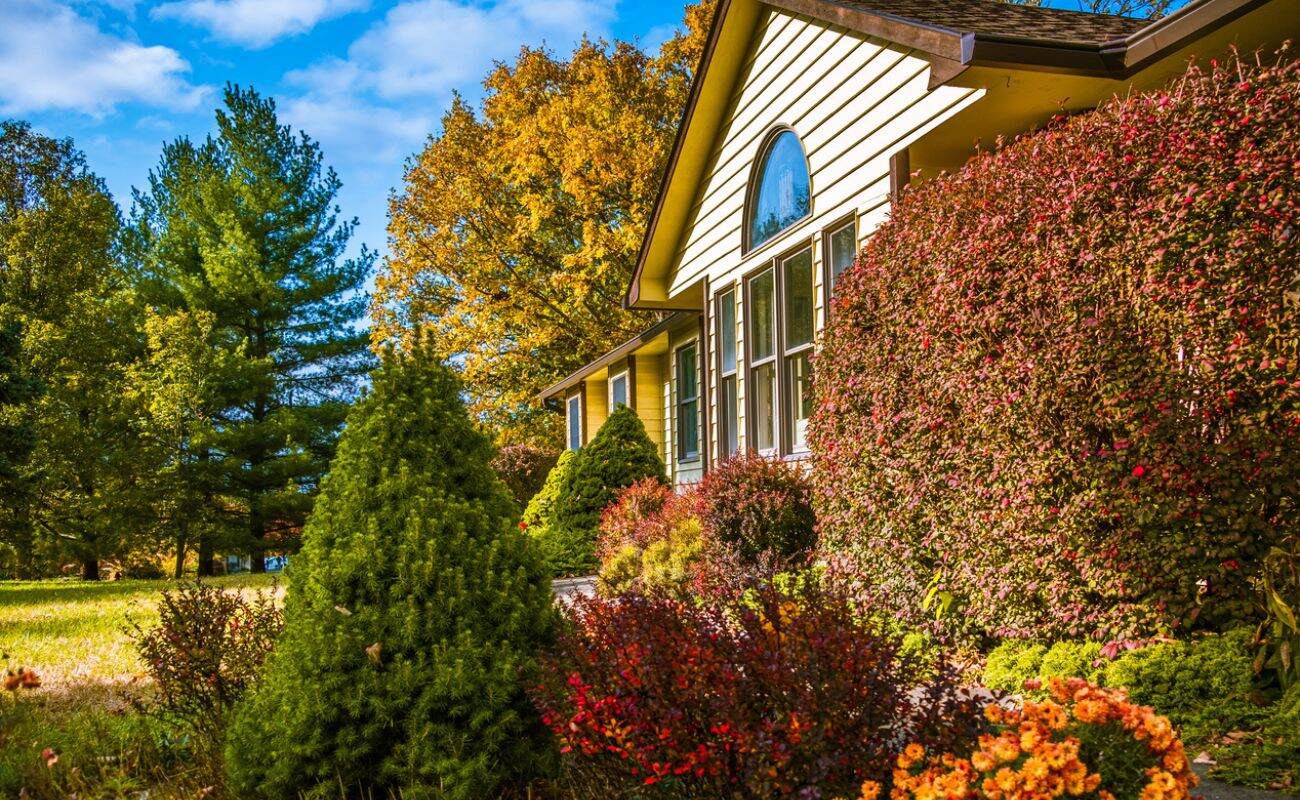
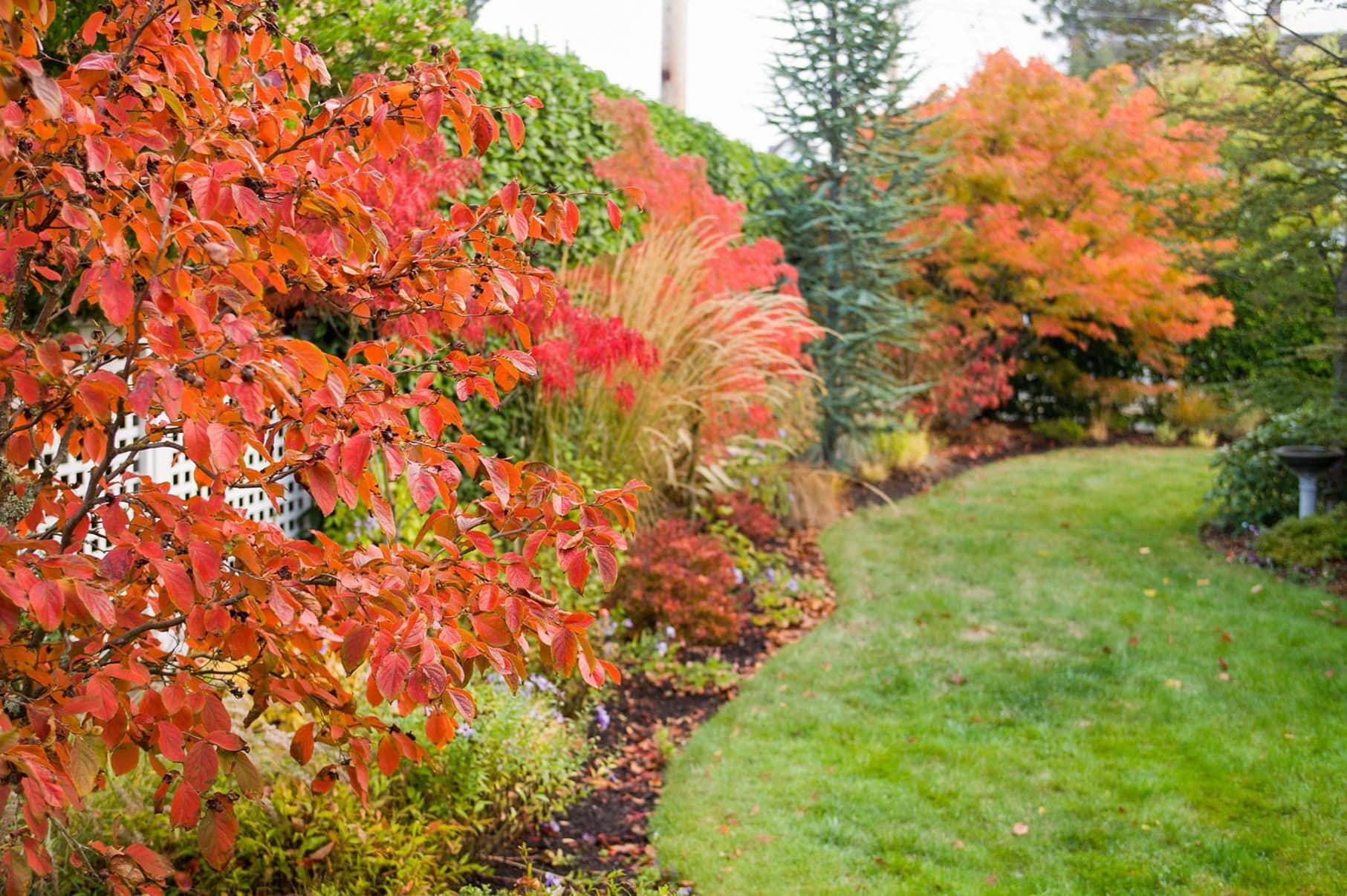
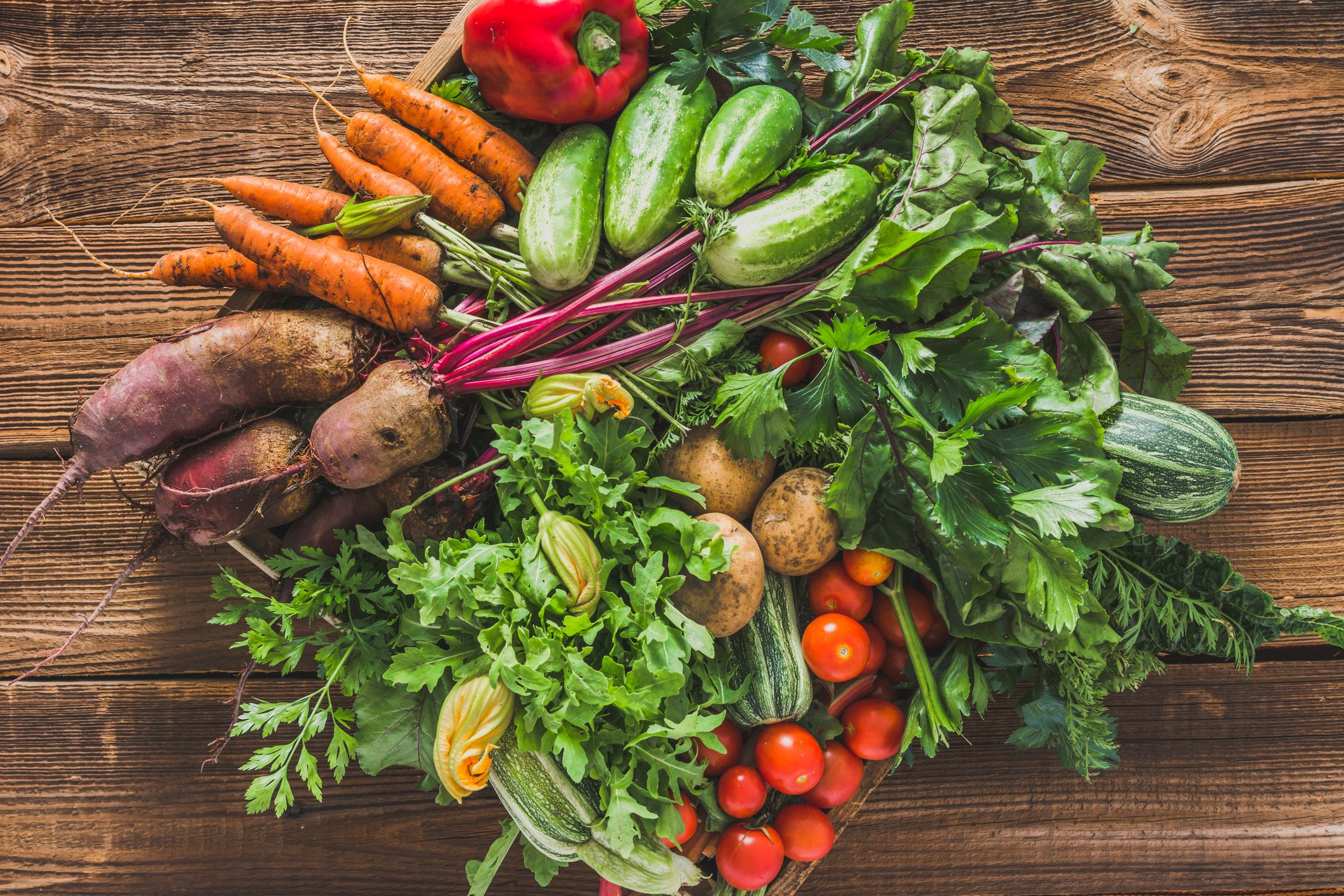
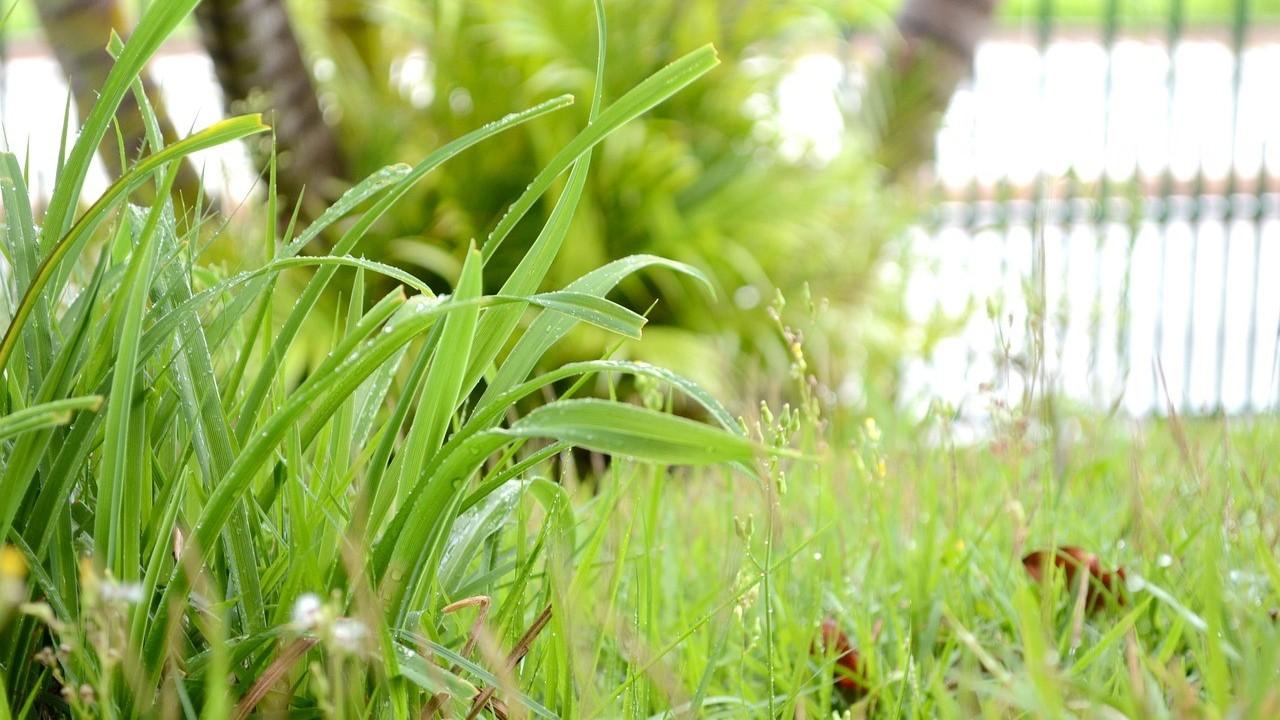
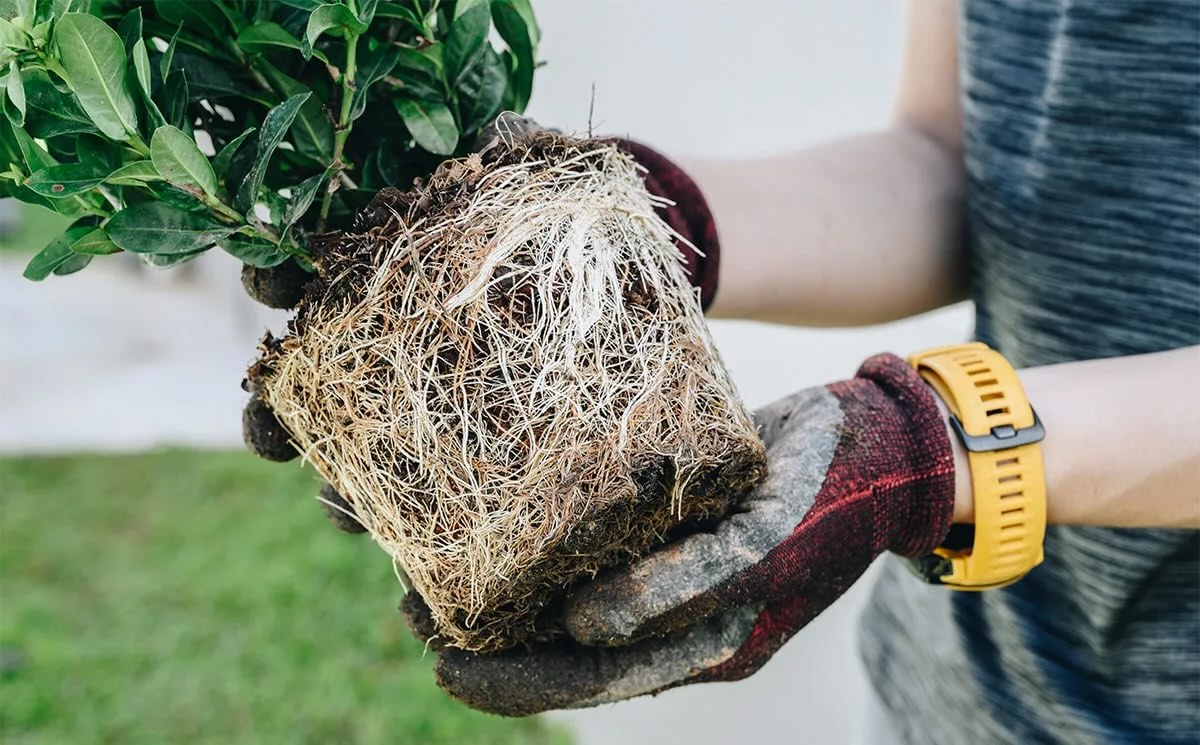
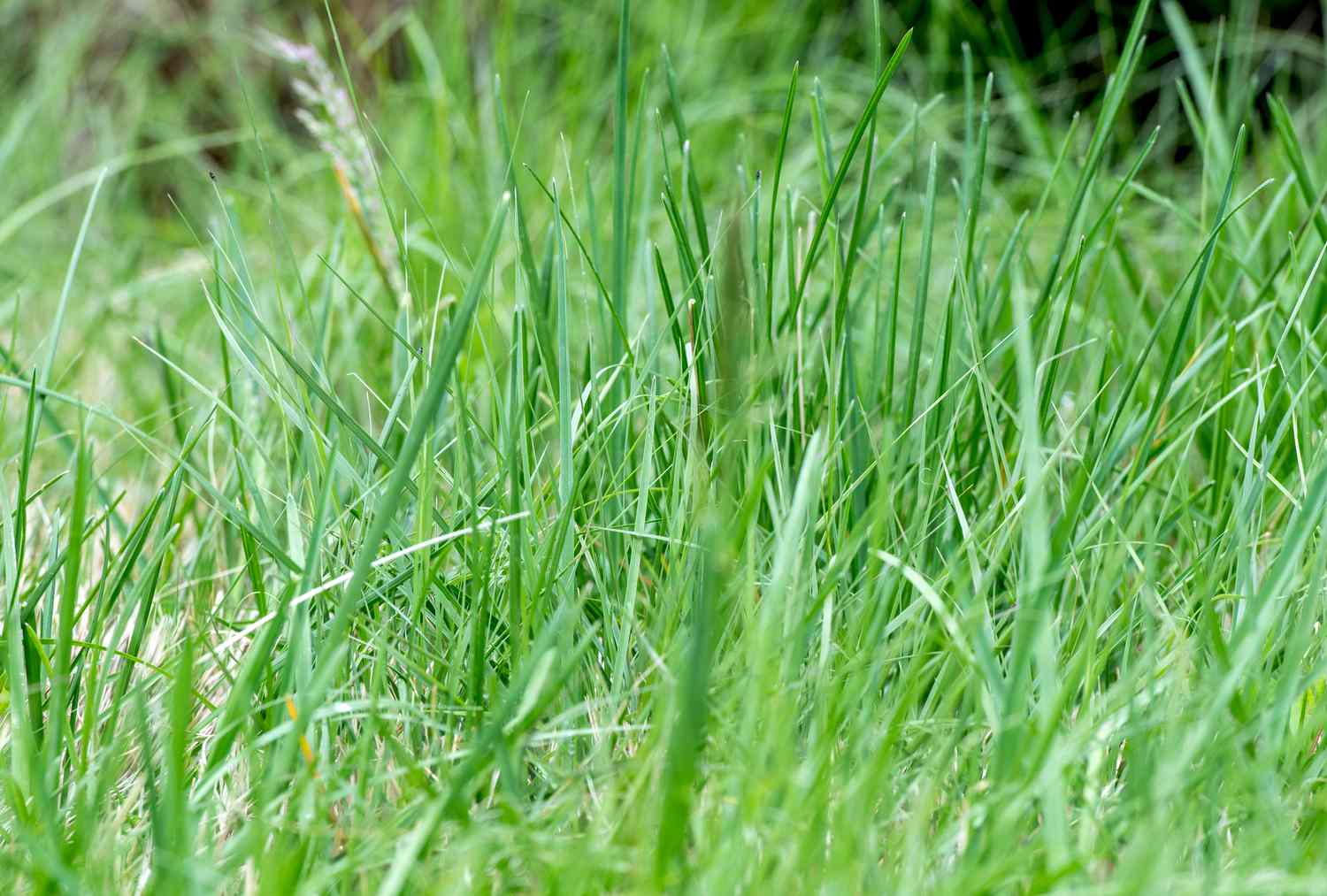
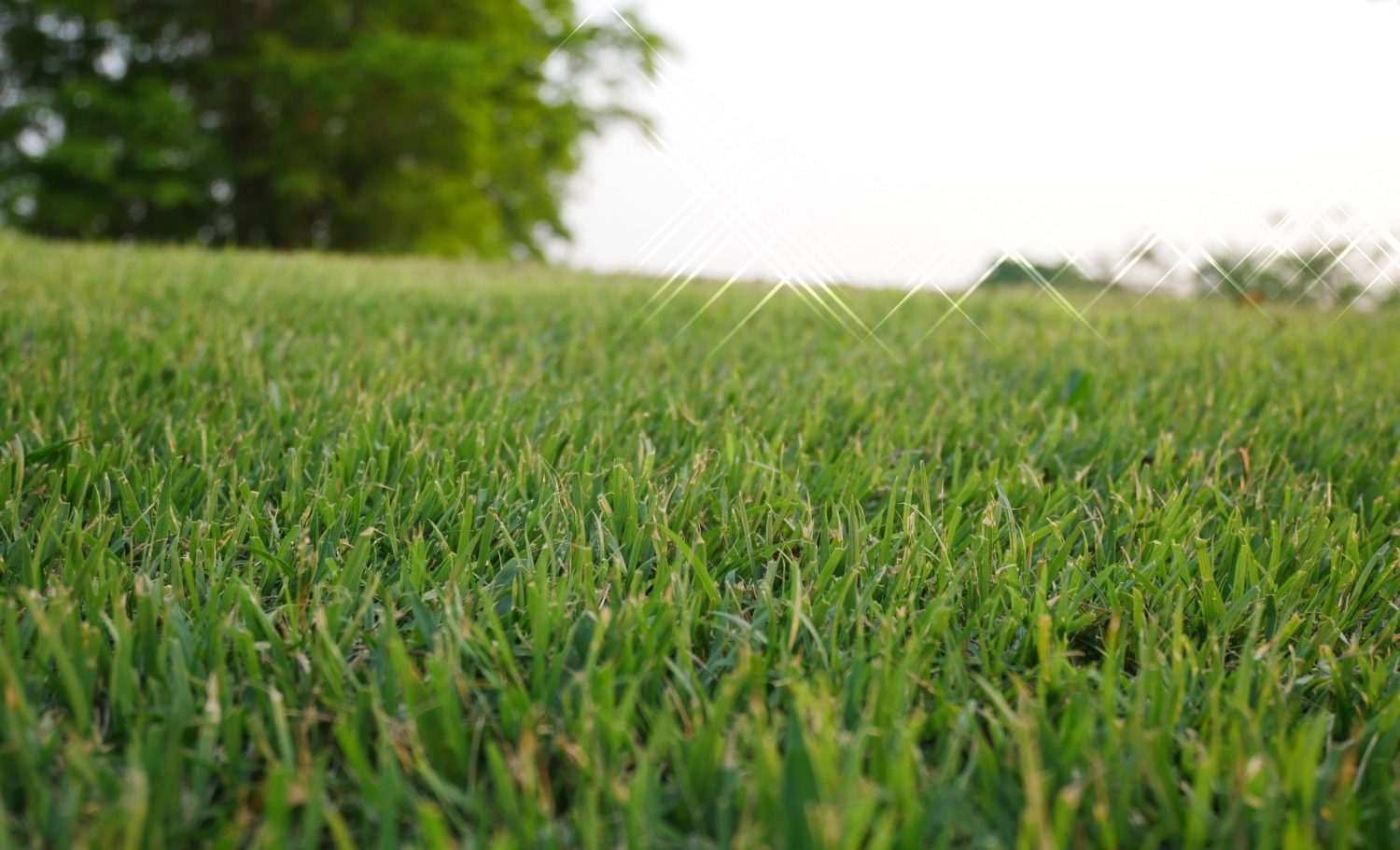
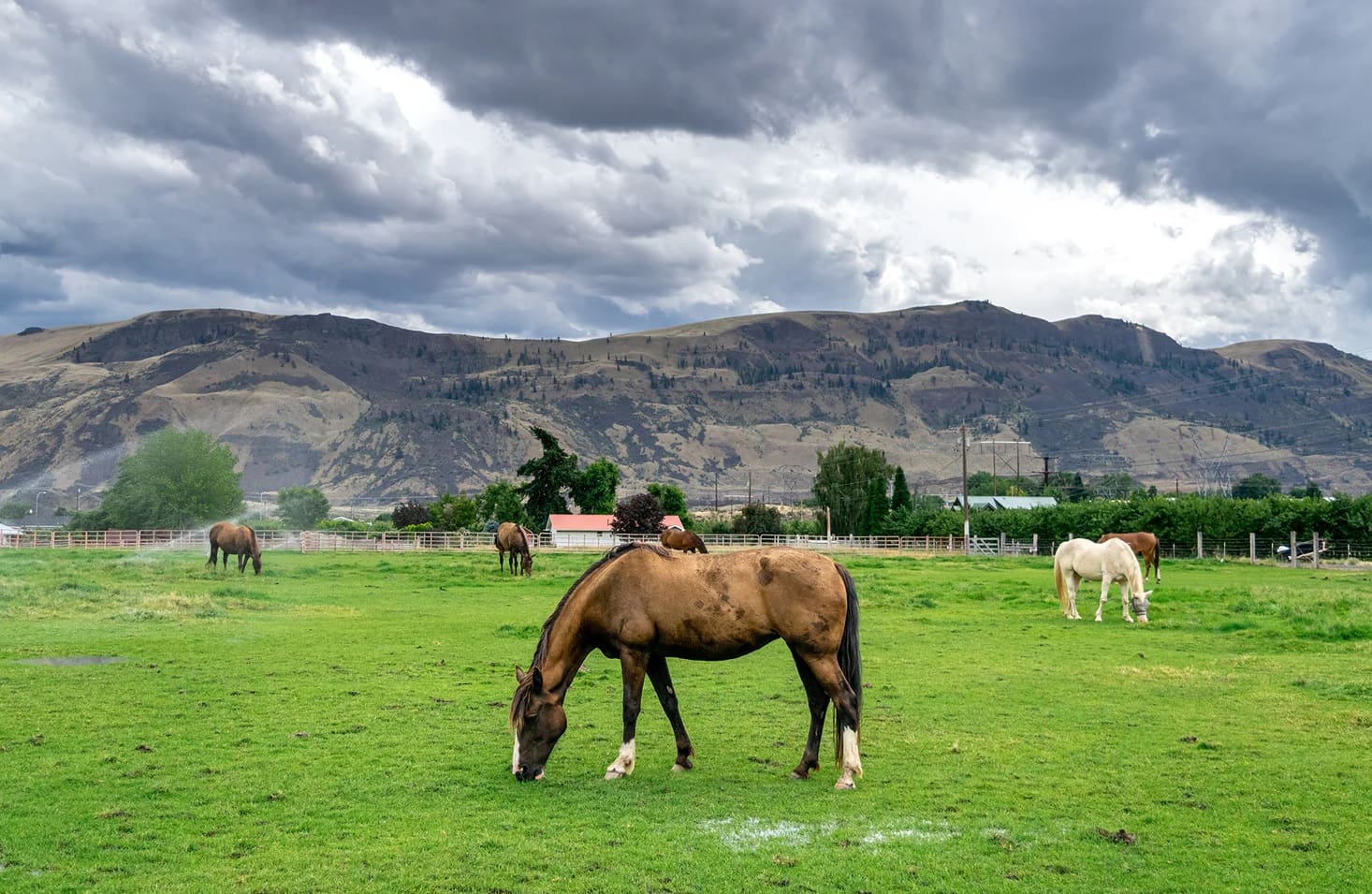
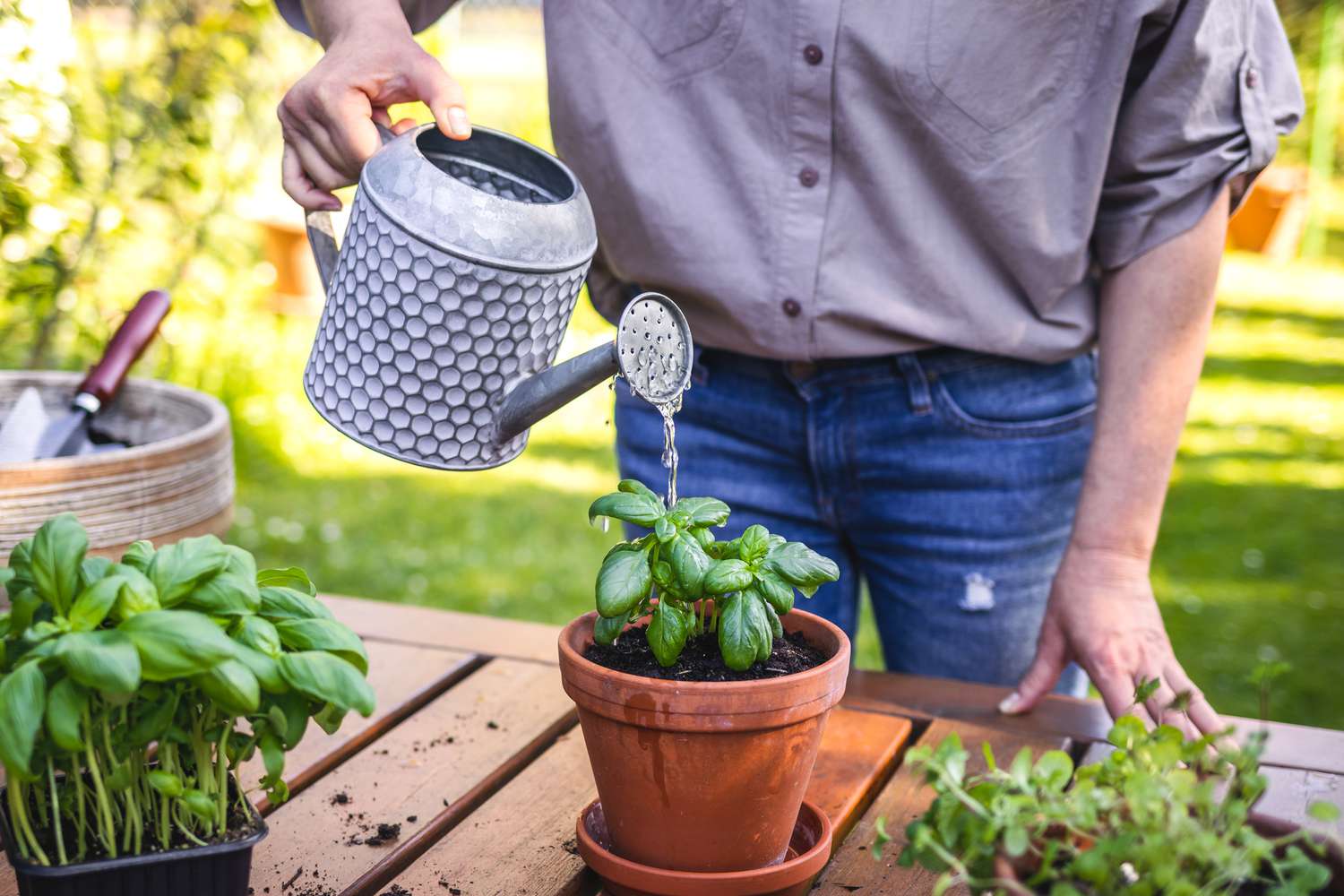
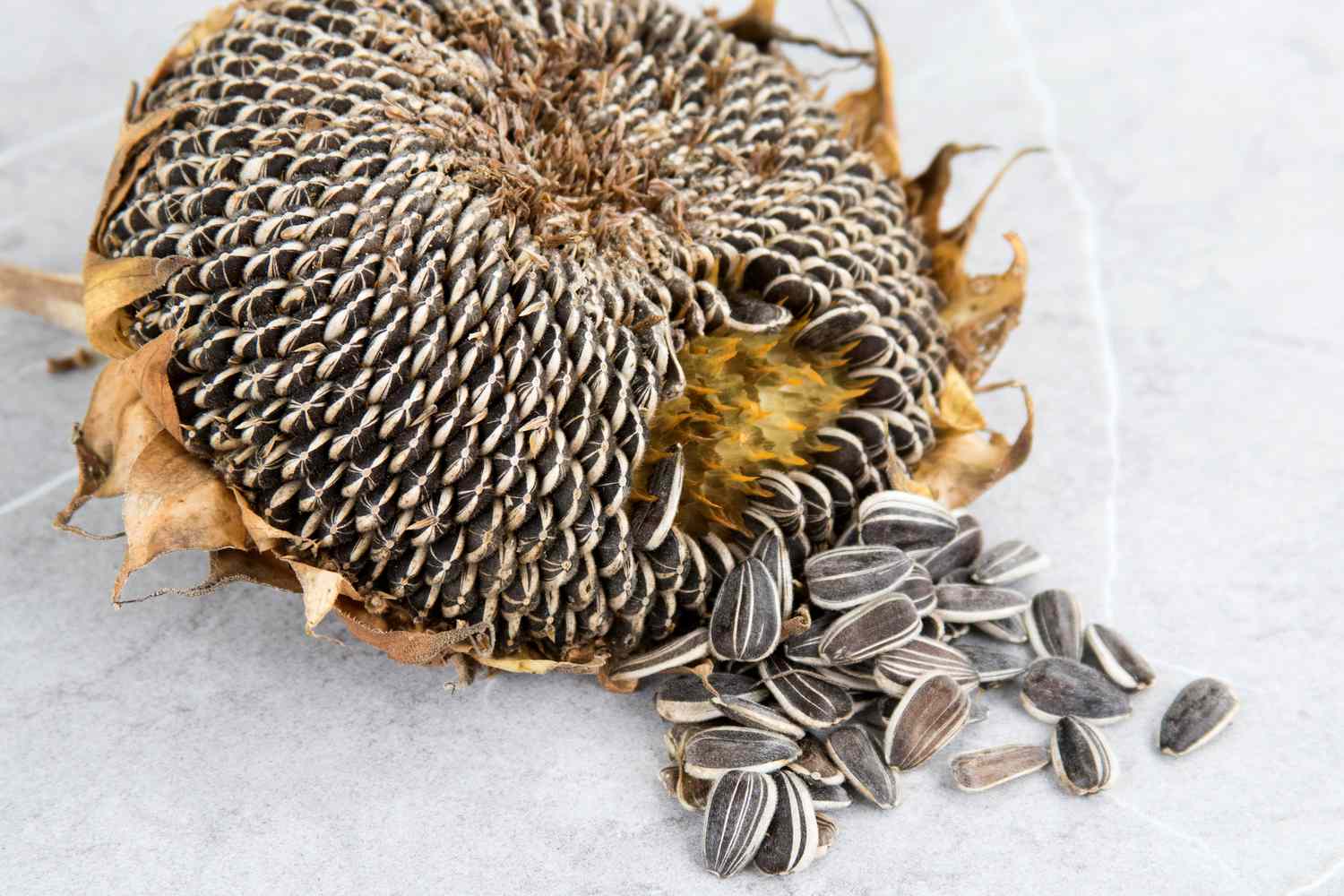
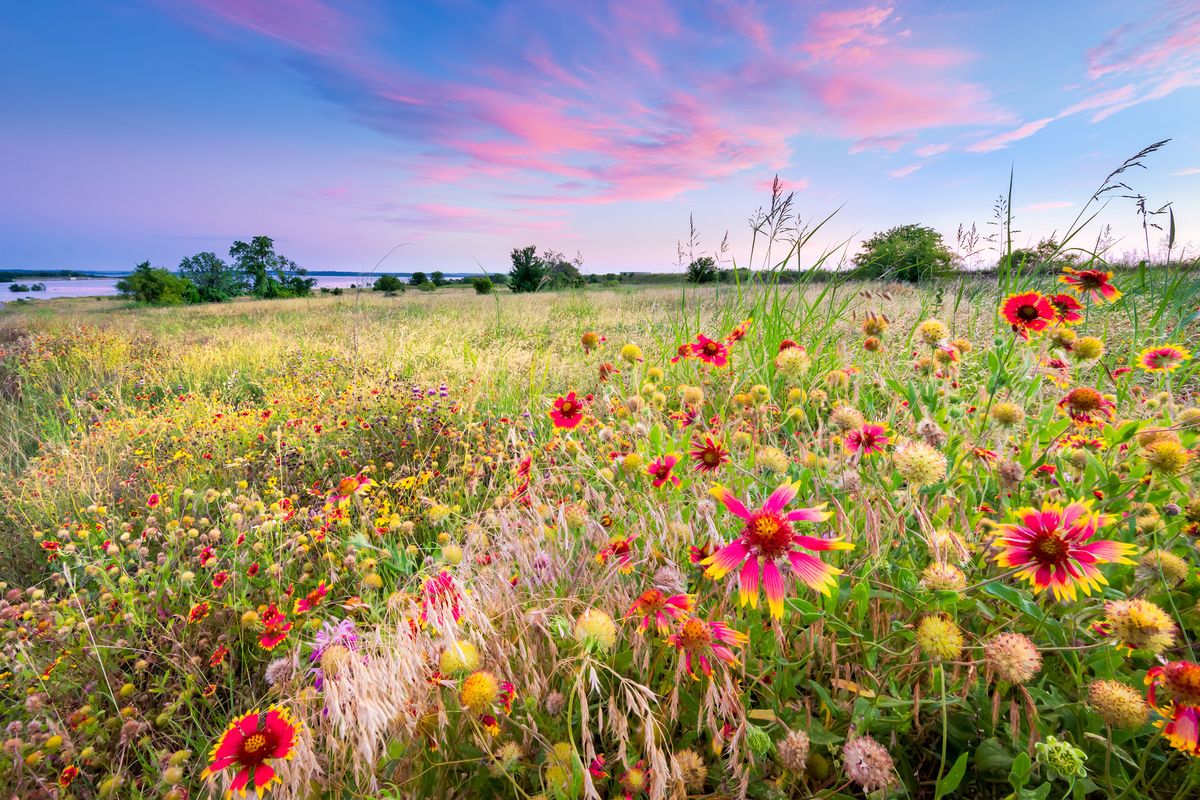
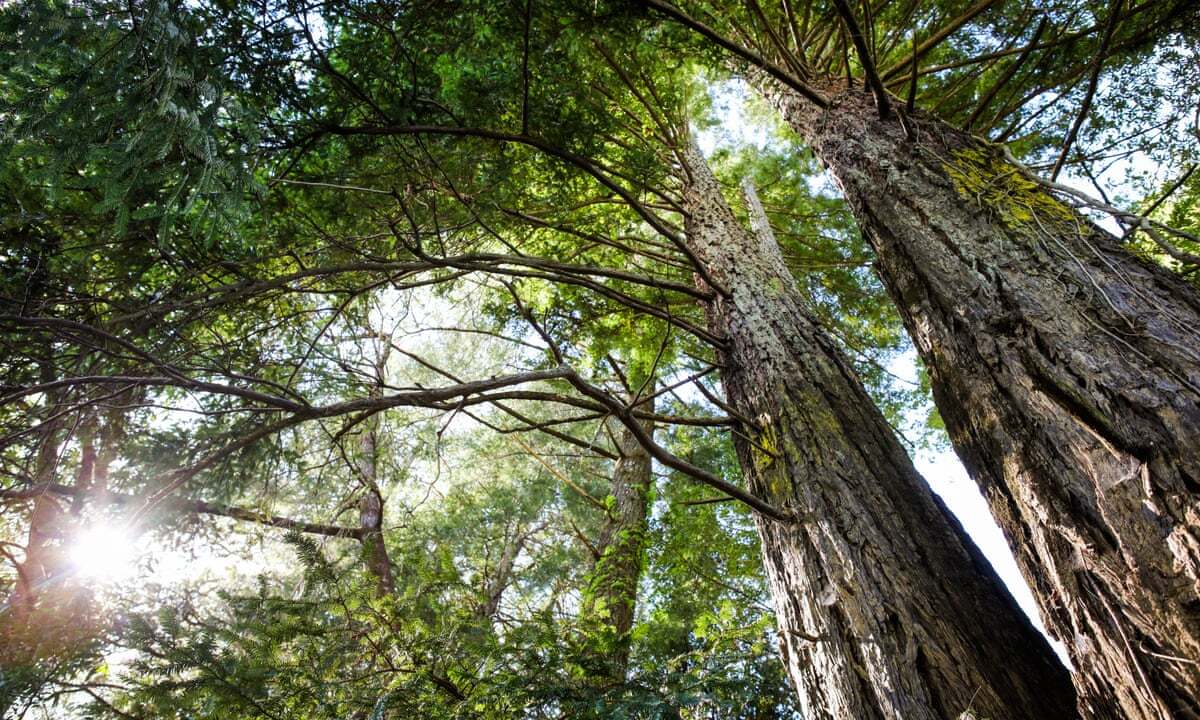
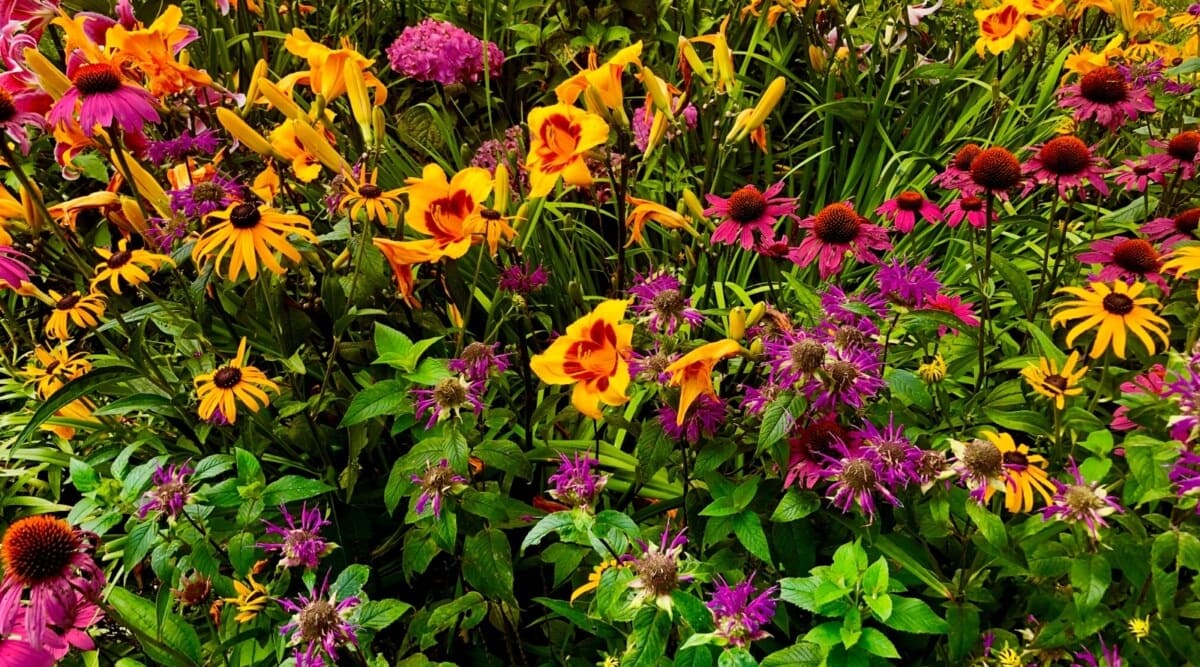

0 thoughts on “The Best Time To Plant Fall Bulbs In The Northeast”